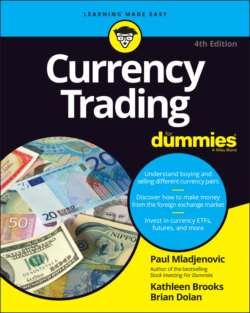Читать книгу Currency Trading For Dummies - Kathleen Brooks - Страница 62
Hedge funds
ОглавлениеHedge funds are a type of leveraged fund, which refers to any number of different forms of speculative asset management funds that borrow money for speculation based on real assets under management. For instance, a hedge fund with $100 million under management can leverage those assets (through margin agreements with their trading counterparties) to give them trading limits of anywhere from $500 million to $2 billion. Hedge funds are subject to the same type of margin requirements as you or we are, just with a whole lot more zeroes involved.
The other main type of leveraged fund is known as a Commodity Trading Advisor (CTA). A CTA is principally active in the futures markets. But because the forex market operates around the clock, CTAs frequently trade spot FX as well.
The major difference between the two types of leveraged funds comes down to regulation and oversight. CTAs are regulated by the Commodity Futures Trading Commission (CFTC), the same governmental body that regulates retail FX firms. As a result, CTAs are subject to a raft of regulatory and reporting requirements. Hedge funds, on the other hand, remain largely unregulated. What’s important is that they all pursue similarly aggressive trading strategies in the forex market, treating currencies as a separate asset class, like stock or commodities.
In the forex market, leveraged funds can hold positions anywhere from a few hours to days or weeks. When you hear that leveraged names are buying or selling, it’s an indication of short-term speculative interest that can provide clues as to where prices are going in the near future.
